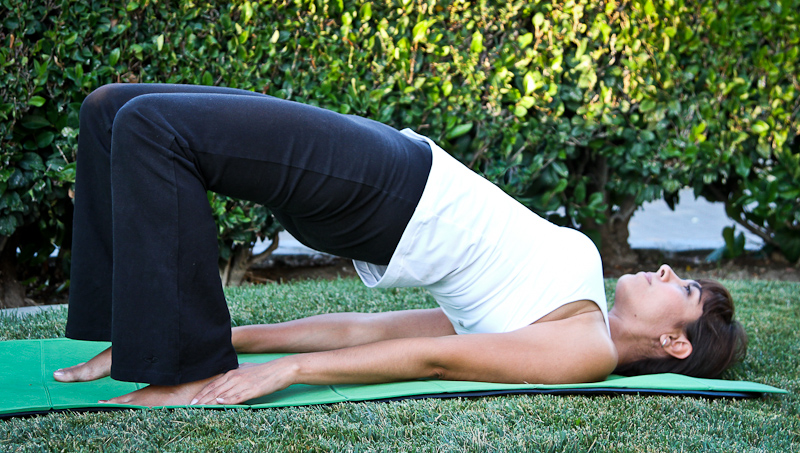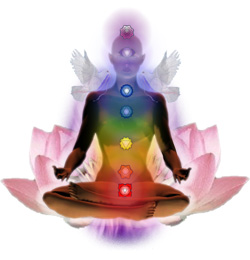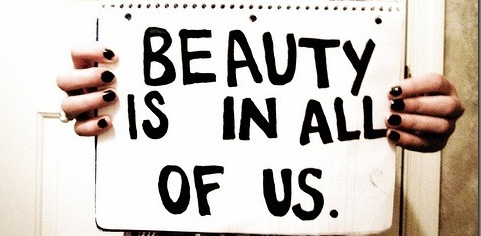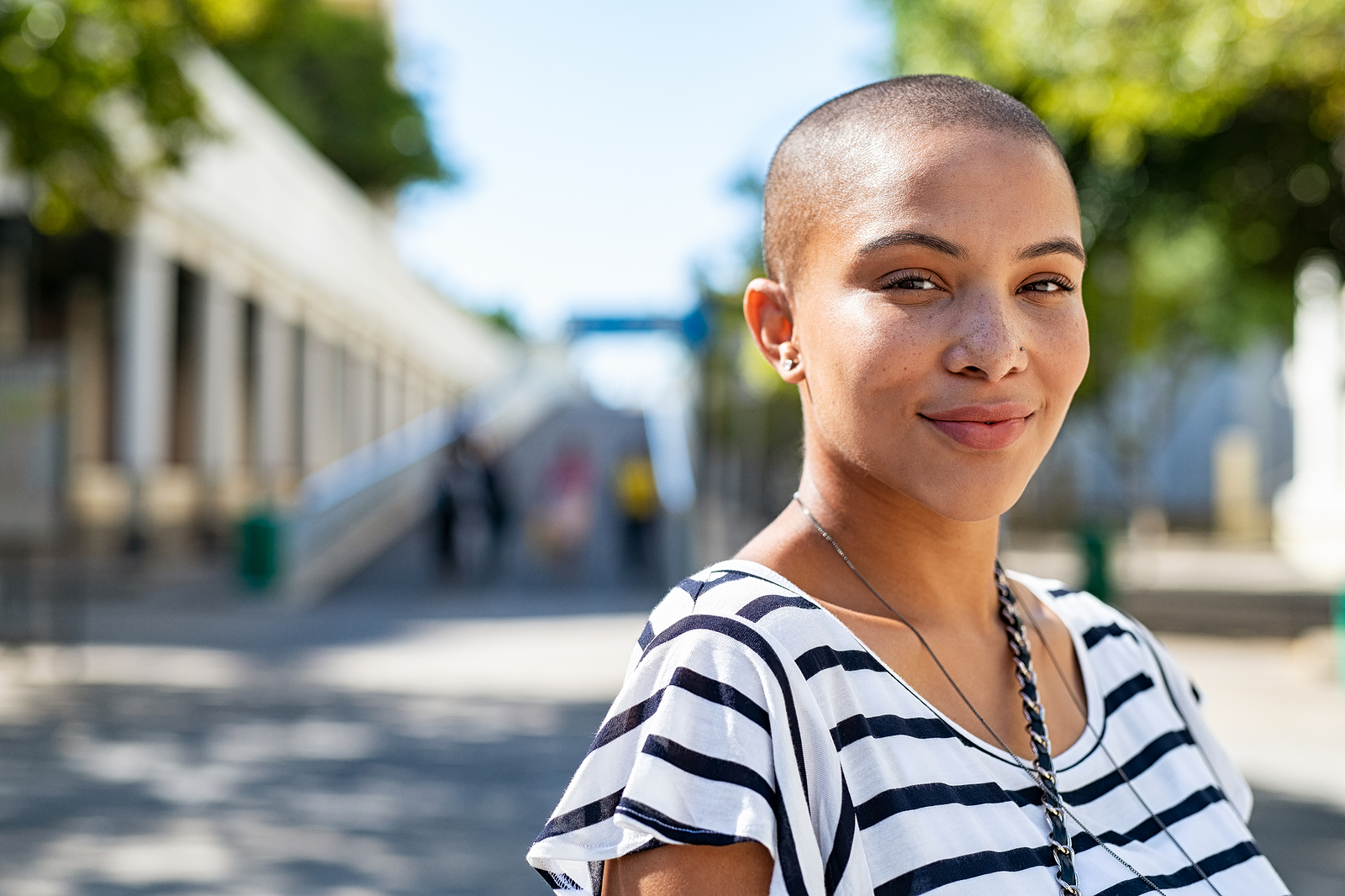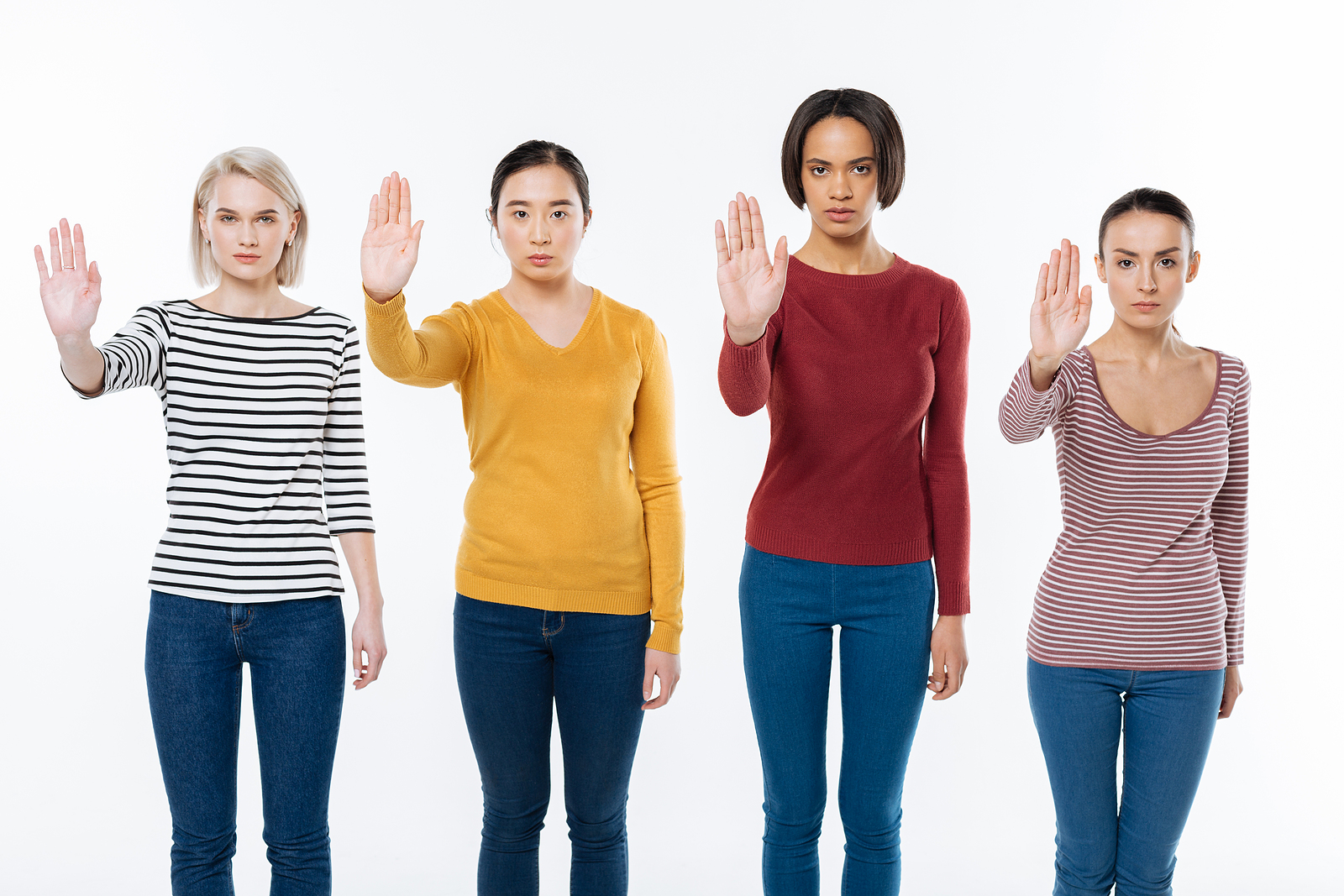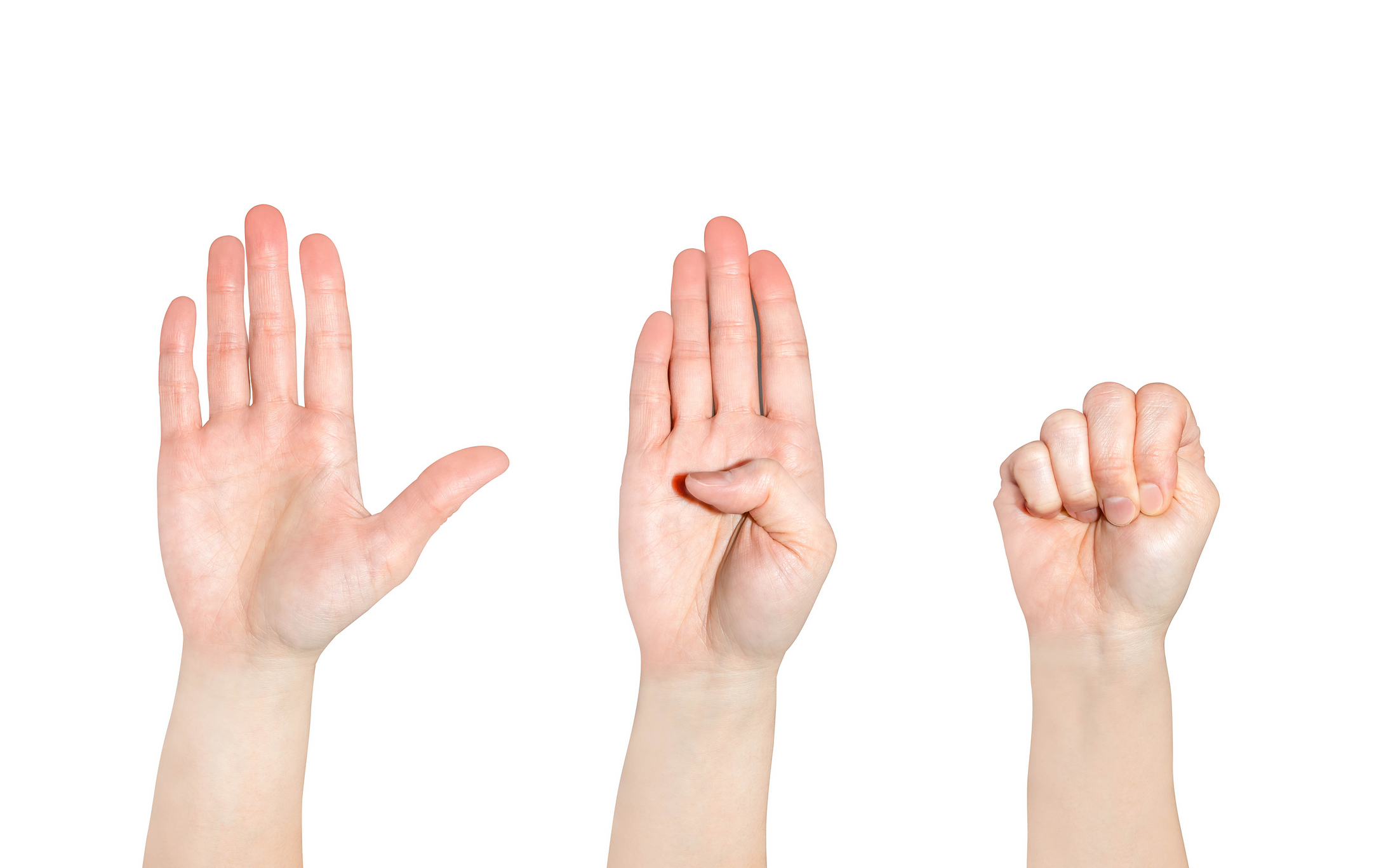 Core stabilization training is the first phase of training anyone should undergo to lay a foundation for further physical training. The reason is that sedentary people in today’s modern societies do not engage their core muscles frequently enough to have endurance and strength for stabilization. This translates to people performing mundane tasks that recruit muscles used for movement, and with a weak underlying core compensations develop which lead to injury. These compensations are a lack of synergy, an absent functional balance that the human body operates in to execute efficient movement. It really is no wonder that yoga is so popular today when people are constantly in physical pain and hurting themselves without knowing why, and it is becoming known that just doing yoga fixes these problems even if it is not clear to everyone why their bodies are becoming healed.
Core stabilization training is the first phase of training anyone should undergo to lay a foundation for further physical training. The reason is that sedentary people in today’s modern societies do not engage their core muscles frequently enough to have endurance and strength for stabilization. This translates to people performing mundane tasks that recruit muscles used for movement, and with a weak underlying core compensations develop which lead to injury. These compensations are a lack of synergy, an absent functional balance that the human body operates in to execute efficient movement. It really is no wonder that yoga is so popular today when people are constantly in physical pain and hurting themselves without knowing why, and it is becoming known that just doing yoga fixes these problems even if it is not clear to everyone why their bodies are becoming healed.
If you hired a physical trainer and you were in need of core stabilization training, one of the exercises you would do is called a Two-Leg Floor Bridge. To prepare, you would lie supine (on your back) on the floor with your knees bent, feet flat on the floor, with toes shoulder-width apart and pointing straight ahead. Your arms would be placed to the side pointing toward your feet, with your palms down. As with all stabilization exercises, the region just below the navel stays drawn in throughout the duration of the exercise, ensuring the intrinsic core stabilizers are staying activated. The movement starts then with drawing the navel in, and activating the gluteals, or buttock muscles. Lift the pelvis off the floor until the knees, hips, and shoulders are in line. Be sure not to raise the hips too far up off the floor and hyperextend the lower back, as this places excessive stress to the lumbar spine. Slowly lower the pelvis to the floor, and repeat. The timing for this movement is 6-20 seconds under sustained contraction, since these are slow-twitch, type I muscle fibers we are activating in this type of training. Sound like a lot of information? It isn’t actually, because there are a lot of gaps left in full comprehension of this movement that yoga fills in nicely, and I will explain how.
The associated yoga pose is called Two-Legged Table, or Dwi Pada Pitham, and it is classified as a basic supine vinyasa, meaning it is a dynamic movement that is coordinated with the inhalation and exhalation. Notice that in the previous description, there was no talk of breathing, and as it turns out this would be a very substantial omission to gaining the benefits of doing this movement in the most fulfilling way.
Lifting your hips is typically done with an inhalation and lowering with an exhalation. This simple practice can be used to release tension from the spine and breathing structures, while also supporting balance actions for similar poses that go beyond this movement. Breathing, concentrating on the breath, and being aware of the breath is our connection to all that is beyond and within us, and here in this movement contextualized in yoga we can take a simple gym warm-up exercise and actually live in present harmony with the Cosmic Intelligence. For example, bhaya kumbhaka can be referenced in this movement, also called the negative breath or relaxing breath, and it refers to the time after exhalation and before inhalation, the time when the lungs have little or no air. After the inhalation and lifting of the spine, an exhalation and retention of the fully exhaled lungs on the lowing creates a natural lifting of the pelvic floor and abdominal contents toward the zone of lowered pressure in the thoracic cavity. The three bhandas, or interior body locks, can be very easily activated using this method of lowering on the external breath retention, and the subsequent inhalation can create a dramatic downward release of the pelvic floor and a noticeable sense of relaxation in this often tense region.
By combining knowledge and experience in this and other movements or poses from both perspectives of training in the gym for specific physical goals and training in the yoga class or your home for personal enrichment, fulfillment, and connection with the deepest sense of existence, you are gaining the most benefit from what can otherwise be flat and without purpose. Instead of doing gym warm-ups that can seem insignificant, you are paying close attention to who you are and what you are capable of. Instead of blindly following yoga poses with a notion of faith, while hoping for an understanding of spirituality, you are fully informed to what the point of it all is. That is Metal Yoga.

